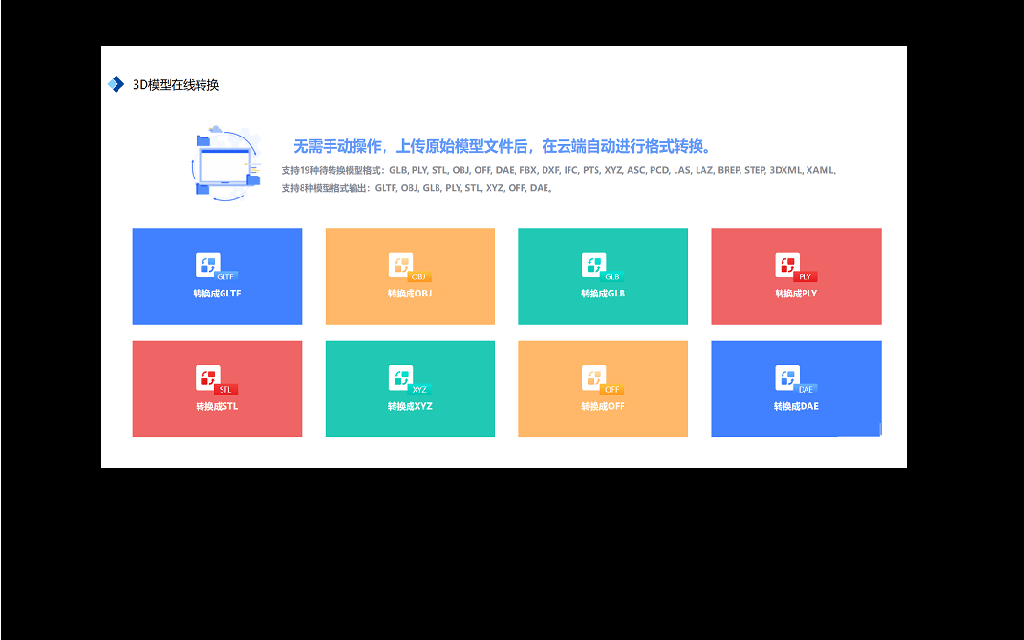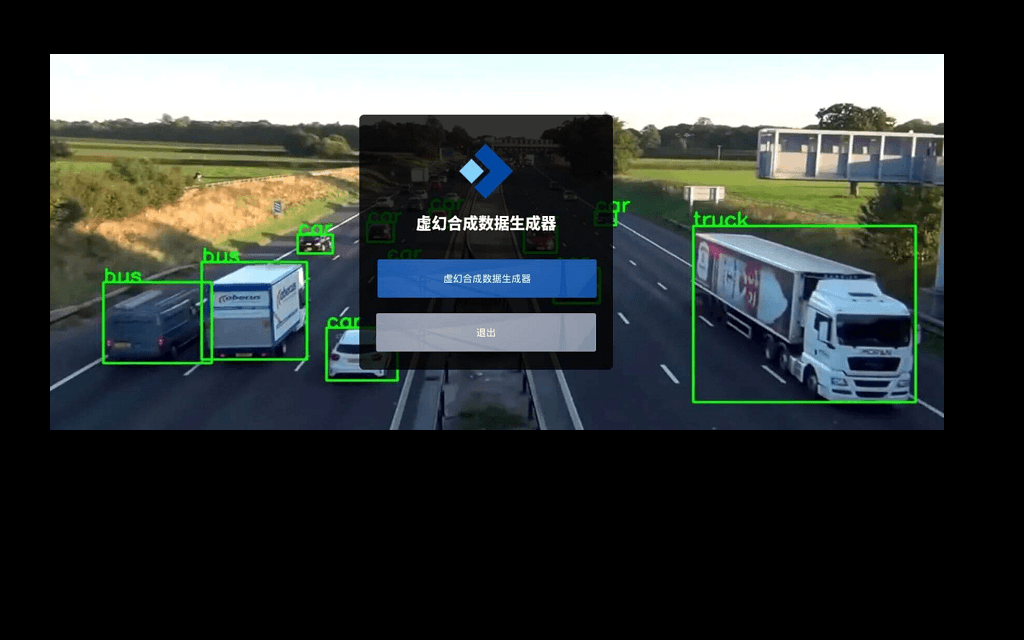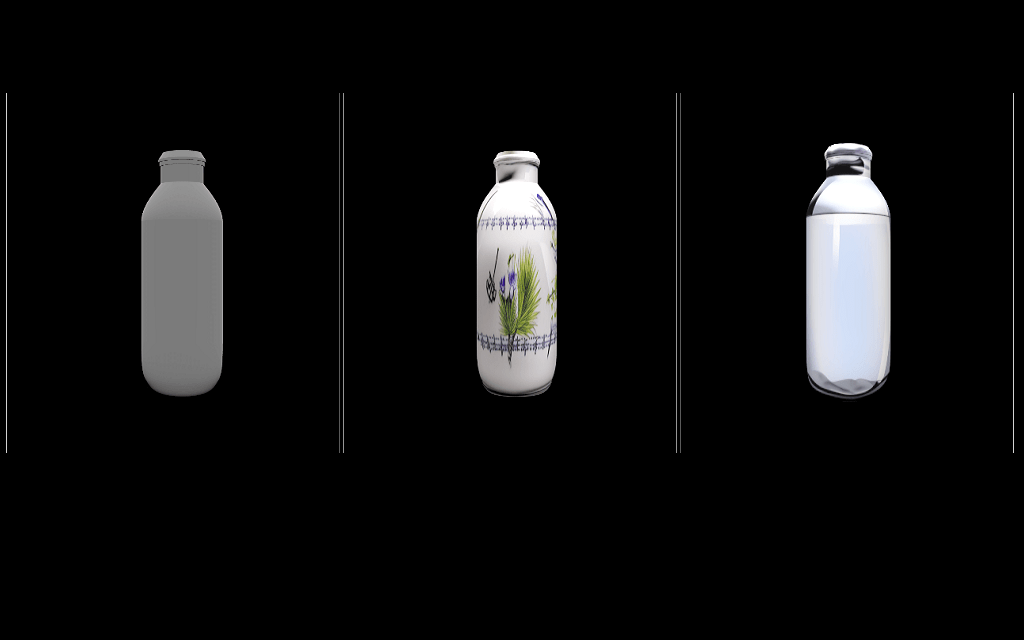Model Card for Model ID
<!-- Provide a quick summary of what the model is/does. -->
This modelcard aims to be a base template for new models. It has been generated using this raw template.
Model Details
Model Description
<!-- Provide a longer summary of what this model is. --> This model is currently under testing. It can answer some basic chemical questions and is better than the base-sharded model.
Through some chemical reactions, it can clearly understand the reactant and corresponding products. (For most, it is correct😅)
Just have fun testing it, and ask some interesting questions!!
- Developed by: FelixChao
- Shared by [optional]: CleverShovel/vicuna-7b-v1.3-sharded-bf16
- Finetuned from model [optional]: CleverShovel/vicuna-7b-v1.3-sharded-bf16
How to Get Started with the Model
Use the code below to get started with the model.
For Pipeline
# Use a pipeline as a high-level helper
from transformers import pipeline
pipe = pipeline("text-generation", model="FelixChao/vicuna-7B-chemical")
For Model_Loading
# Load model directly
from transformers import AutoTokenizer, AutoModelForCausalLM
tokenizer = AutoTokenizer.from_pretrained("FelixChao/vicuna-7B-chemical")
model = AutoModelForCausalLM.from_pretrained("FelixChao/vicuna-7B-chemical")
Training Details
Training Data
<!-- This should link to a Data Card, perhaps with a short stub of information on what the training data is all about as well as documentation related to data pre-processing or additional filtering. -->
[More Information Needed]
Training Procedure
<!-- This relates heavily to the Technical Specifications. Content here should link to that section when it is relevant to the training procedure. -->
Preprocessing [optional]
[More Information Needed]
Training Hyperparameters
- Training regime: [More Information Needed] <!--fp32, fp16 mixed precision, bf16 mixed precision, bf16 non-mixed precision, fp16 non-mixed precision, fp8 mixed precision -->
Speeds, Sizes, Times [optional]
<!-- This section provides information about throughput, start/end time, checkpoint size if relevant, etc. -->
[More Information Needed]
Evaluation
<!-- This section describes the evaluation protocols and provides the results. -->
Testing Data, Factors & Metrics
Testing Data
<!-- This should link to a Data Card if possible. -->
[More Information Needed]
Factors
<!-- These are the things the evaluation is disaggregating by, e.g., subpopulations or domains. -->
[More Information Needed]
Metrics
<!-- These are the evaluation metrics being used, ideally with a description of why. -->
[More Information Needed]
Results
[More Information Needed]
Summary
Model Examination [optional]
<!-- Relevant interpretability work for the model goes here -->
[More Information Needed]
Environmental Impact
<!-- Total emissions (in grams of CO2eq) and additional considerations, such as electricity usage, go here. Edit the suggested text below accordingly -->
Carbon emissions can be estimated using the Machine Learning Impact calculator presented in Lacoste et al. (2019).
- Hardware Type: [More Information Needed]
- Hours used: [More Information Needed]
- Cloud Provider: [More Information Needed]
- Compute Region: [More Information Needed]
- Carbon Emitted: [More Information Needed]
Technical Specifications [optional]
Model Architecture and Objective
[More Information Needed]
Compute Infrastructure
[More Information Needed]
Hardware
[More Information Needed]
Software
[More Information Needed]
Citation [optional]
<!-- If there is a paper or blog post introducing the model, the APA and Bibtex information for that should go in this section. -->
BibTeX:
[More Information Needed]
APA:
[More Information Needed]
Glossary [optional]
<!-- If relevant, include terms and calculations in this section that can help readers understand the model or model card. -->
[More Information Needed]
More Information [optional]
[More Information Needed]
Model Card Authors [optional]
[More Information Needed]
Model Card Contact
[More Information Needed]


